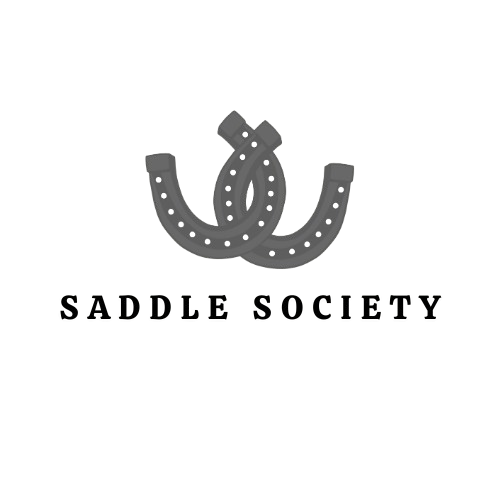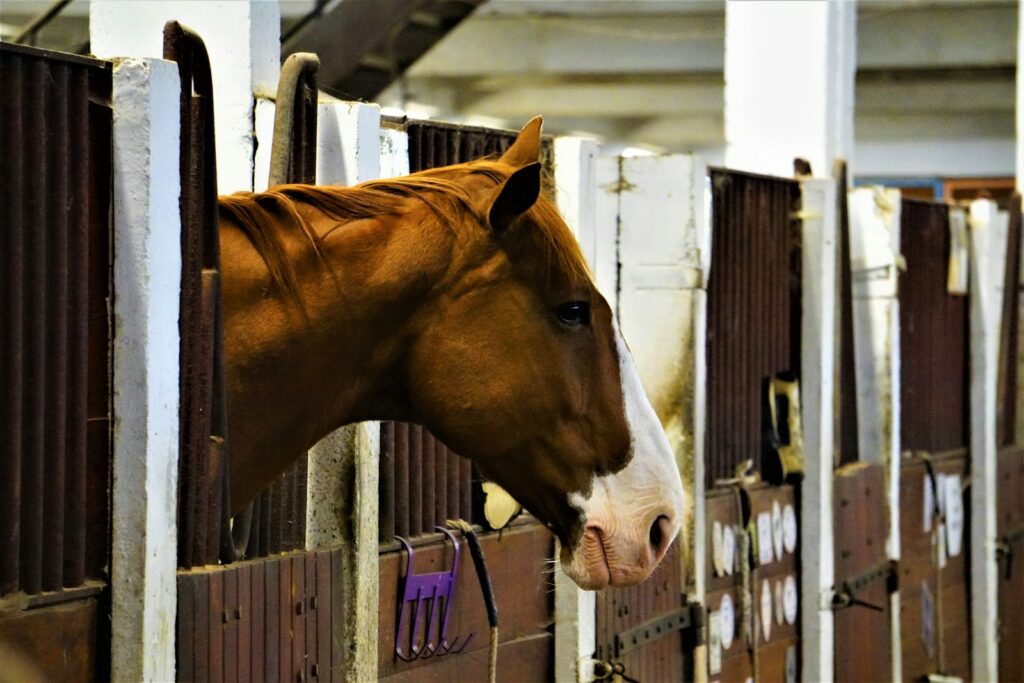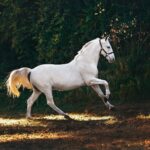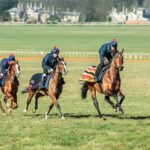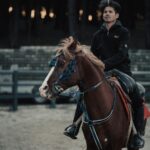When it comes to equestrian facilities, a well-designed stable is more than just a shelter—it’s a functional space that affects horse health, handler safety, and operational efficiency. But what happens when your carefully planned stable design simply isn’t working? Whether you’re dealing with structural issues, functional limitations, or unexpected horse behavior problems, a non-cooperative stable design can create significant challenges. This comprehensive guide explores the common problems that can arise with stable designs and offers practical solutions to bring harmony back to your equestrian facility.
Recognizing the Signs of a Problematic Stable Design
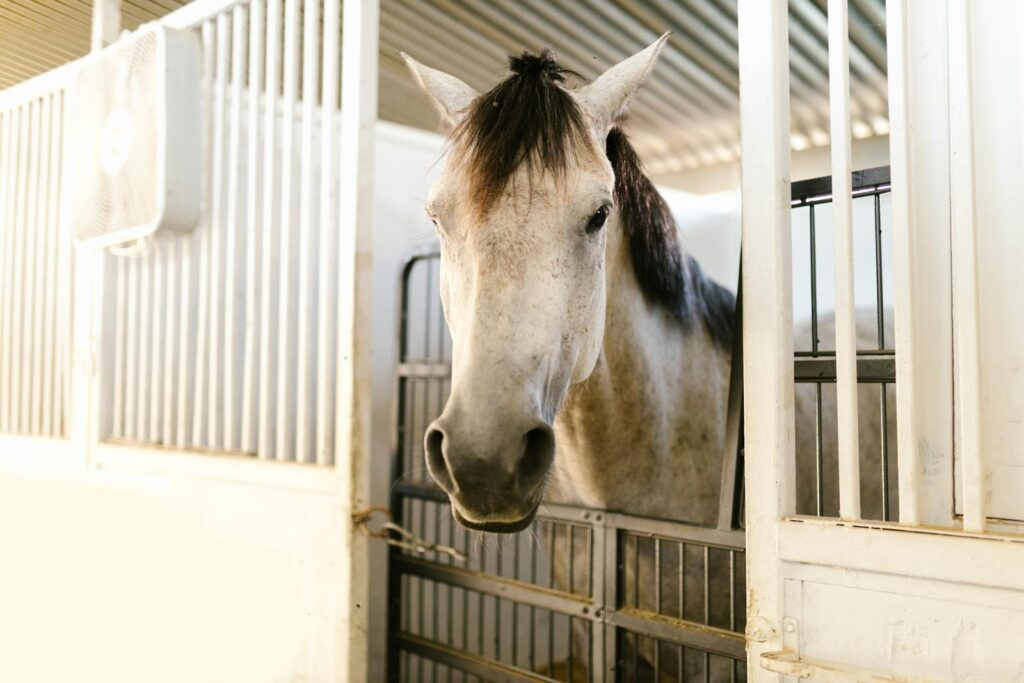
Before you can address issues with your stable design, you need to identify the warning signals that something isn’t working. Horses that show increased stress behaviors such as weaving, cribbing, or stall walking might be responding to an uncomfortable environment. Staff complaints about workflow inefficiency or difficulty completing routine tasks could indicate poor spatial planning. You might notice increased maintenance issues or repairs becoming necessary more frequently than expected. Additionally, unexpected moisture problems, inadequate ventilation resulting in poor air quality, or temperature regulation issues that make the stable too hot in summer or too cold in winter are clear indicators that your stable design is not cooperating with your needs or those of your horses.
Common Structural Issues and Their Solutions
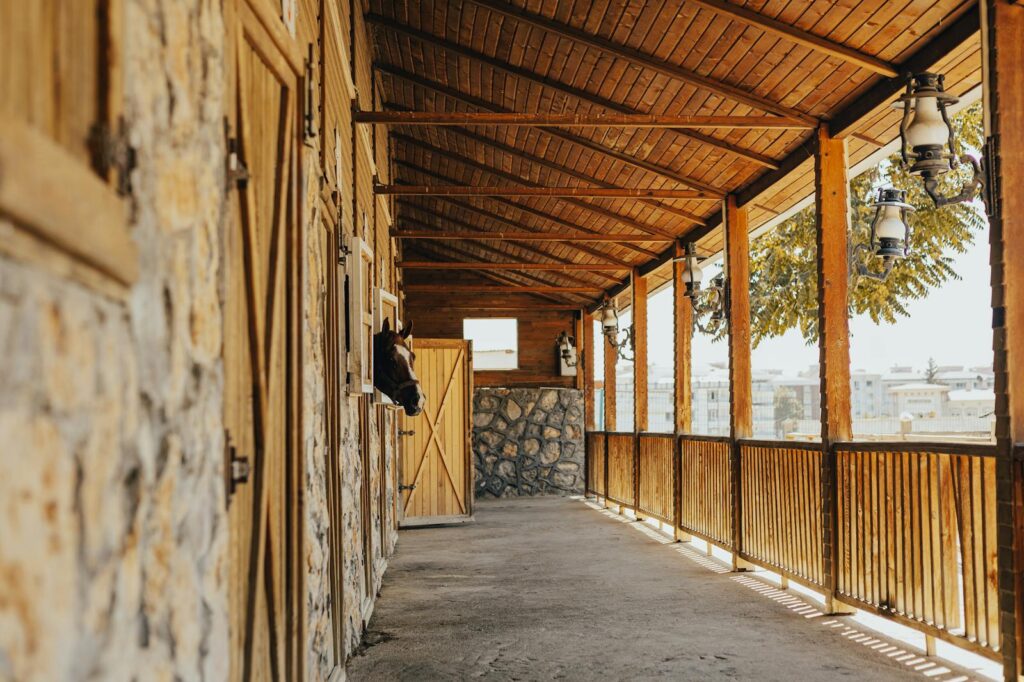
Structural problems in stables can range from minor nuisances to serious safety hazards. Sagging roofs can result from inadequate support or excessive snow loads and require immediate reinforcement with additional beams or complete replacement. Foundation settling might cause uneven floors, creating tripping hazards for both horses and handlers, and can be addressed through professional foundation repair or concrete leveling. Poorly designed drainage systems often lead to standing water, increased humidity, and even flooding during heavy rain, necessitating the installation of proper sloping, French drains, or guttering systems. Don’t ignore structural issues, as they typically worsen over time and can compromise the entire facility’s integrity and safety.
Ventilation Problems That Affect Horse Health
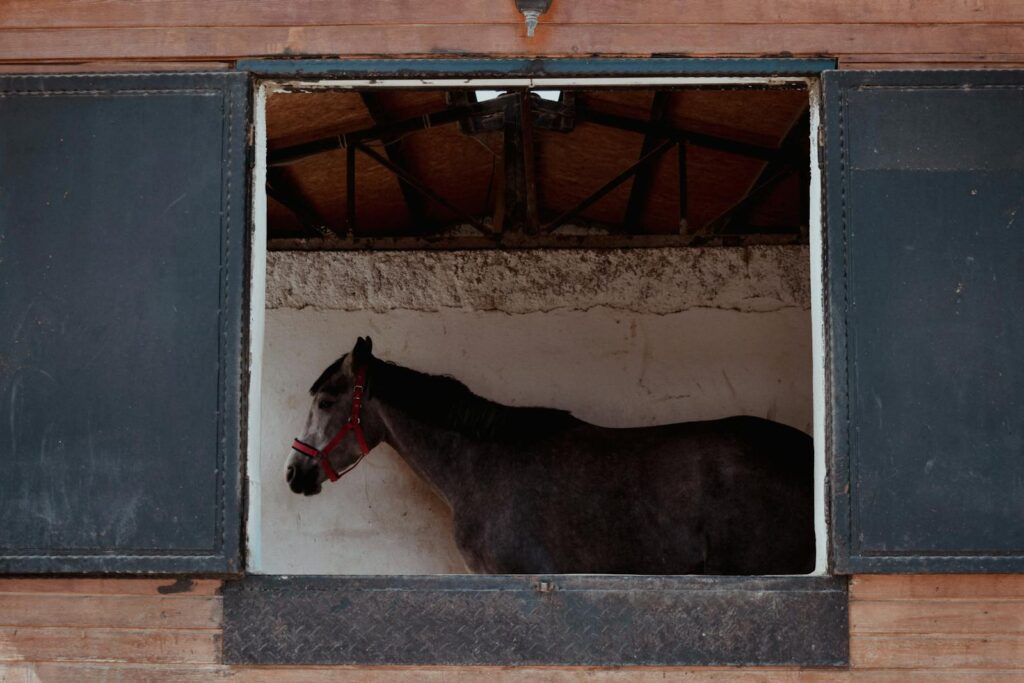
Inadequate ventilation ranks among the most serious stable design failures because it directly impacts equine respiratory health. Poorly ventilated stables trap ammonia from urine, dust from bedding and hay, and mold spores, creating a perfect environment for respiratory conditions like heaves (COPD) to develop. Signs of ventilation problems include condensation on windows, lingering odors, or excessive dust in the air. Solutions range from simple fixes like adding vents or windows to more complex renovations like installing ridge vents, cupolas, or mechanical ventilation systems. Remember that good ventilation should provide fresh air without creating drafts directly on the horses, requiring a balance between air exchange and appropriate airflow patterns.
Space Planning and Traffic Flow Challenges
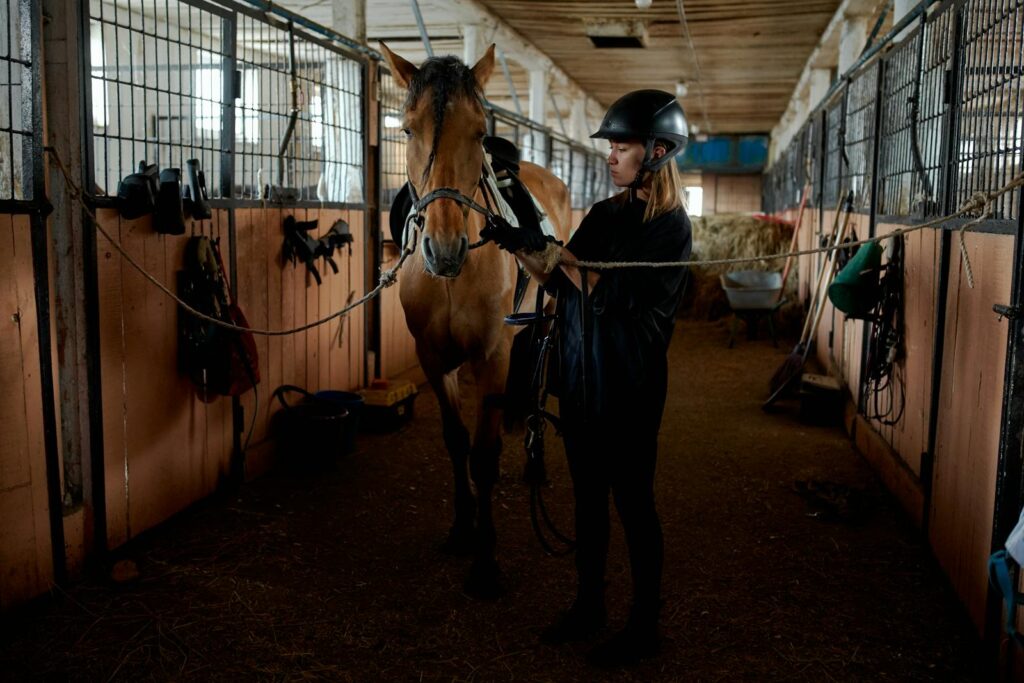
A stable that feels cramped or creates bottlenecks during daily operations signals poor space planning. Inadequate aisle width can make it difficult to safely lead horses past each other or maneuver equipment like wheelbarrows. Poorly positioned tack rooms, feed storage areas, or wash stalls increase staff workload and decrease efficiency. To remedy these issues, consider reconfiguring the layout where possible, widening critical passageways, or adding strategic storage solutions to reduce clutter. Sometimes, simple changes like relocating certain functions or creating one-way traffic patterns can significantly improve flow. For more severe cases, an addition to the existing structure might be necessary to create the space needed for safe and efficient operations.
Lighting Issues and Their Impact
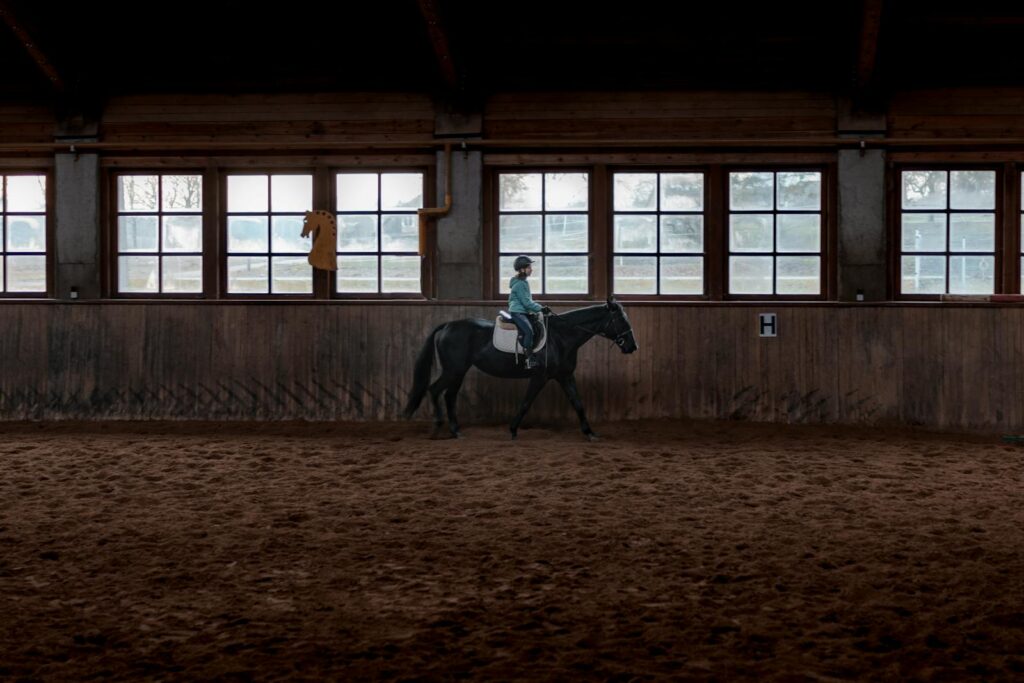
Poor lighting in stables creates safety hazards, affects horse circadian rhythms, and makes daily care tasks more difficult. Dark corners become breeding grounds for rodents and insects, while insufficient lighting makes proper health checks and grooming challenging. Natural light is ideal but must be balanced to avoid excessive heat gain through windows. To improve lighting, consider adding more windows where structurally feasible, installing skylights or light tubes for natural illumination, and upgrading to energy-efficient LED fixtures designed specifically for dusty, humid barn environments. Motion-activated lights in less frequently used areas can improve safety while conserving energy. Remember that horses benefit from exposure to natural daylight cycles, so lighting design should account for both functional needs and equine biological requirements.
Temperature Regulation and Climate Control Failures
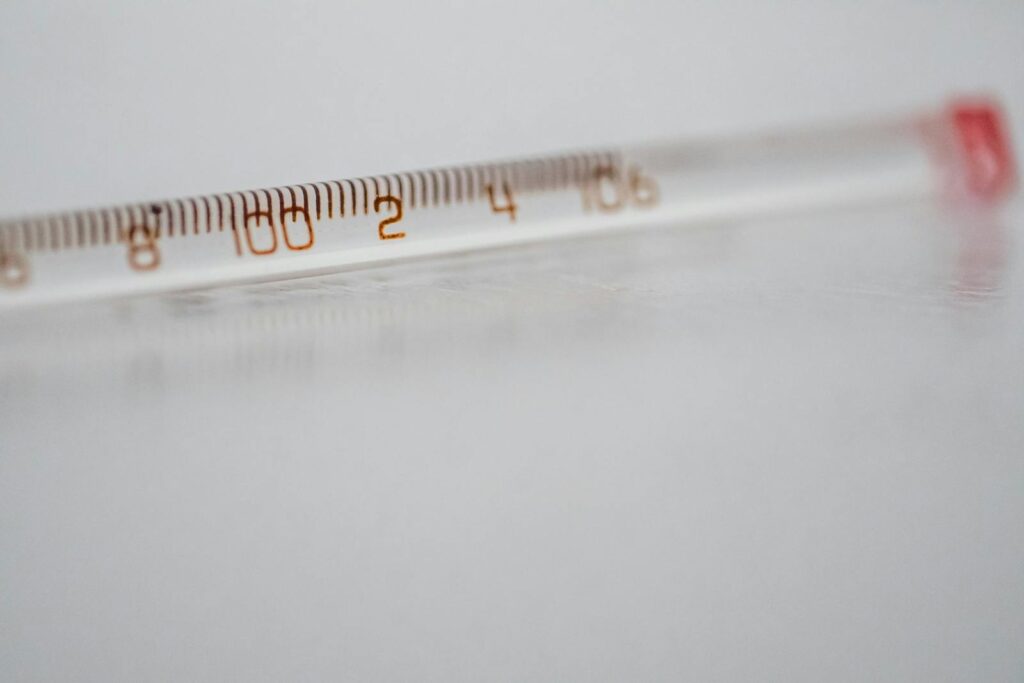
Stables that become sweltering in summer or freezing in winter indicate serious temperature regulation issues that affect horse comfort and health. Excessive heat can lead to dehydration and heat stress, while extreme cold forces horses to burn calories maintaining body temperature. Insulation problems in walls, ceilings, or doors often contribute to these issues, creating drafts in winter and heat traps in summer. Consider adding appropriate insulation to walls and ceilings, installing fans for summer cooling, and using deep bedding for winter warmth. Radiant floor heating can be an excellent option for wash stalls or tack rooms in colder climates. Strategic landscaping around the stable can also help—deciduous trees provide summer shade while allowing winter sun exposure when they lose their leaves.
Drainage and Moisture Management Problems
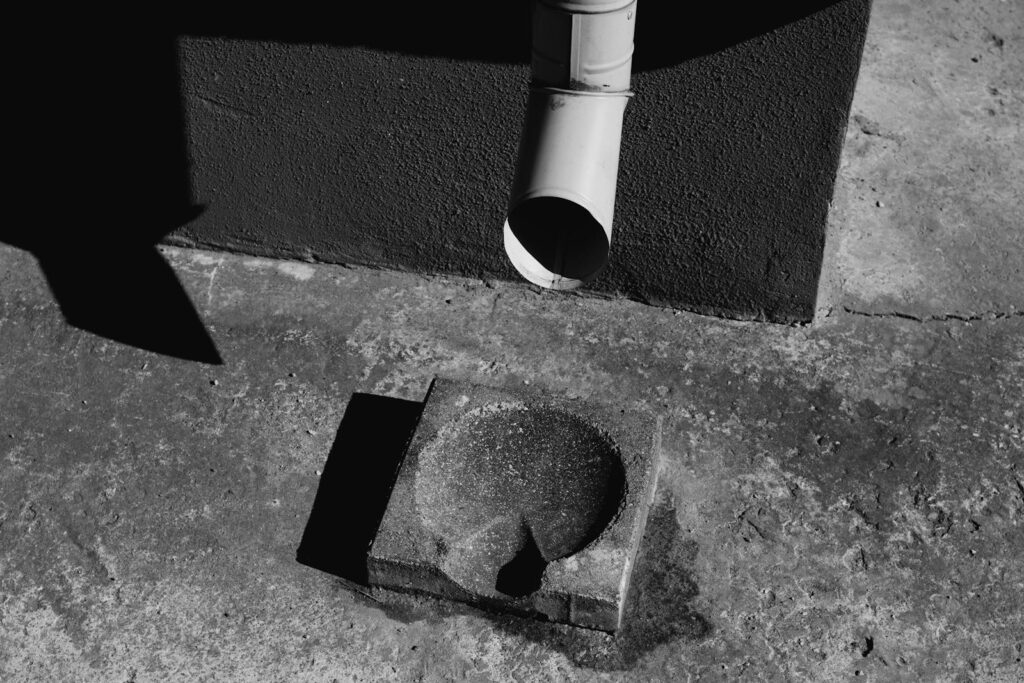
Moisture issues in stables create unhealthy conditions and accelerate structural deterioration. Wet stalls promote bacterial growth, increase ammonia production, and can lead to thrush and other hoof problems. Signs of drainage problems include standing water, persistent dampness in stalls, or water intrusion during rainfall. External solutions include regrading around the stable to direct water away from the building, installing gutters and downspouts, and creating swales or French drains to manage surface water. Inside the stable, ensure proper slope in stall floors (typically 2% toward drains), use appropriate bedding management techniques, and consider installing specialized stall mats with drainage channels. For severe moisture issues, consulting with a drainage professional might be necessary to develop a comprehensive solution.
Feed and Bedding Storage Inadequacies
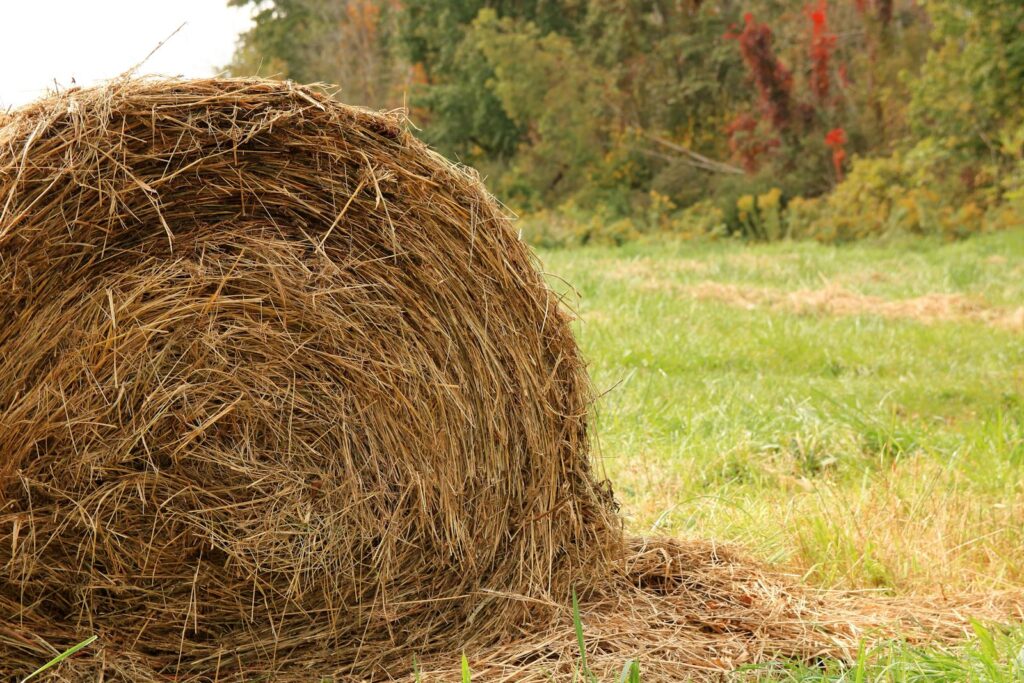
Insufficient or poorly designed storage areas for feed and bedding create daily operational headaches and potential health hazards. Feed stored improperly becomes vulnerable to moisture, rodents, and contamination, while inadequate bedding storage forces more frequent deliveries or compromises on bedding quality. To improve storage issues, consider building dedicated feed rooms with rodent-proof containers, proper ventilation to prevent mold, and convenient access for both deliveries and daily feeding. Bedding storage should protect materials from moisture while allowing easy access for stall maintenance. Many stable designs benefit from adding a separate storage building or shed specifically for hay and bedding, which reduces fire hazards and dust in the main stable. Efficient storage solutions should also consider ergonomics to reduce staff strain during routine chores.
Horse Behavior Problems Related to Stable Design
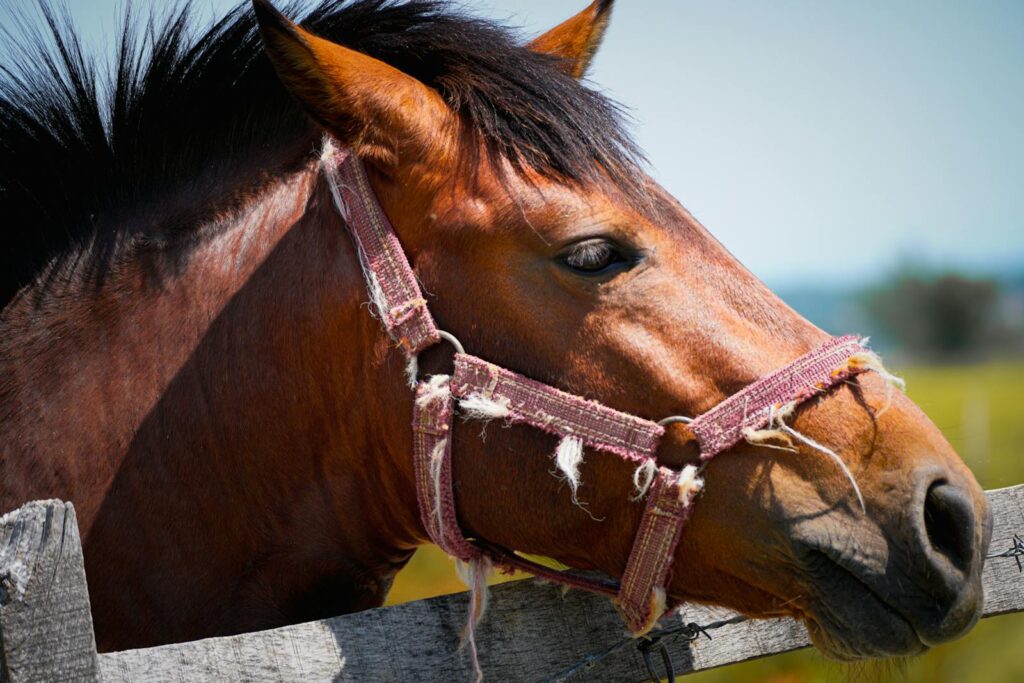
Horses exhibiting stressed behaviors like weaving, cribbing, or excessive vocalization may be responding to psychological limitations in your stable design. Stalls that limit social interaction, restrict visibility, or provide insufficient environmental stimulation can trigger these unwanted behaviors. Consider modifying stalls with partial grills or windows that allow horses to see and interact with neighbors while maintaining safety. Ensure stalls are appropriately sized—generally 12’x12′ minimum for average horses, larger for draft breeds. For chronic stall walkers, consider adding an attached small paddock or designing a stabling solution that allows more freedom of movement. Remember that horses are highly social herd animals with natural behaviors that include constant movement and foraging, so stable designs that acknowledge these needs tend to result in calmer, healthier horses.
Safety Hazards and Accident-Prone Areas
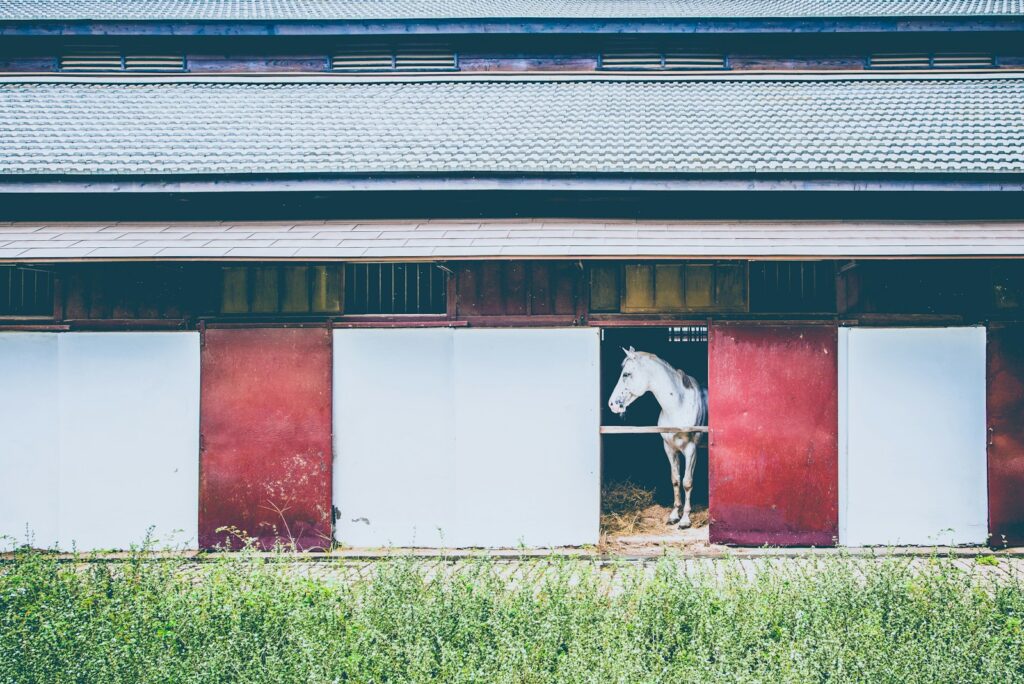
A stable design that regularly leads to accidents or near-misses requires immediate attention and modification. Common safety hazards include protruding hardware at horse height, doors that swing into high-traffic areas, low ceiling fixtures that tall horses might hit, or poorly designed stall latches that horses can manipulate. Identify these danger zones through careful observation and staff input, then systematically address each issue. Replace traditional door hinges with sliding door systems where appropriate to eliminate swing zones. Use recessed hardware and ensure all edges are smooth and rounded. Check that electrical systems are properly installed with covered outlets and wiring, and implement proper signage for emergency procedures. Remember that small design problems can lead to serious injuries for both horses and handlers, making safety modifications a top priority.
Budget-Friendly Solutions for Design Flaws

Not every stable design problem requires a complete rebuild or expensive renovation. Many issues can be addressed with strategic, cost-effective solutions. For ventilation problems, adding simple box fans, opening windows, or installing inexpensive vent covers can improve air circulation significantly. Lighting can be enhanced by painting interior surfaces white or a light color to maximize reflection of existing light sources. Drainage issues might be improved with strategic use of gravel in problem areas or DIY French drains along building perimeters. For temperature regulation, consider adding insulated curtains for stall fronts in winter or reflective roof coating to reduce summer heat gain. Even organizational challenges can be addressed with creative use of wall-mounted storage systems, repurposed containers, or strategic placement of hooks and racks to maximize existing space.
When to Call in Professional Help
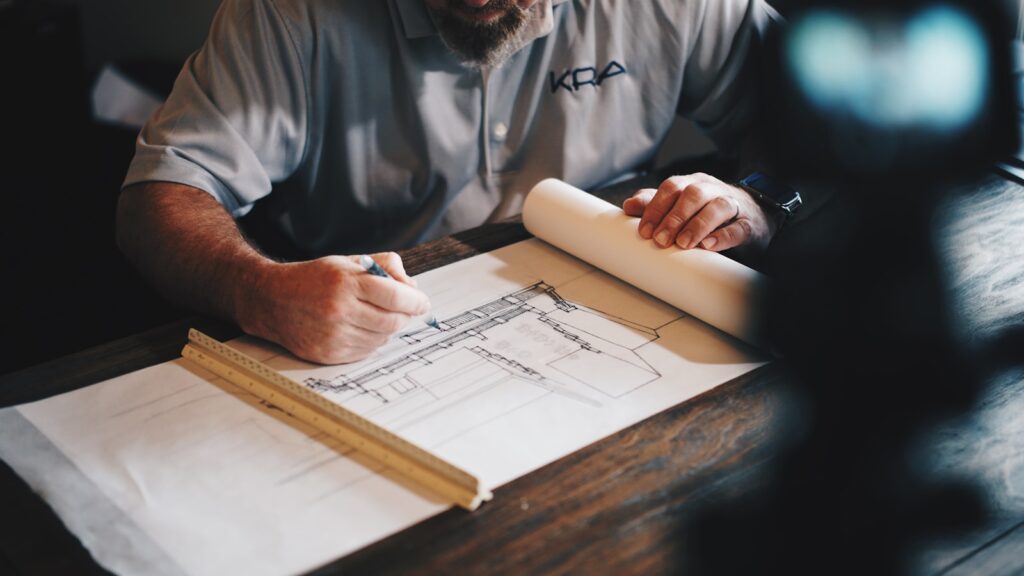
While many stable design issues can be addressed through DIY solutions, certain problems require professional expertise. Structural issues that compromise building integrity, electrical system failures, major drainage problems, or design flaws that consistently create safety hazards warrant professional assessment. An equine architect or builder specializing in stable design can provide valuable insights and solutions that address both immediate problems and long-term functionality. For existing stables with serious design flaws, professional consultation might actually save money by identifying the most efficient remediation strategies rather than implementing a series of unsuccessful fixes. When selecting a professional, look for someone with specific experience in equestrian facilities, as they’ll understand the unique requirements of housing horses safely and comfortably.
Planning for Future Renovations and Expansions
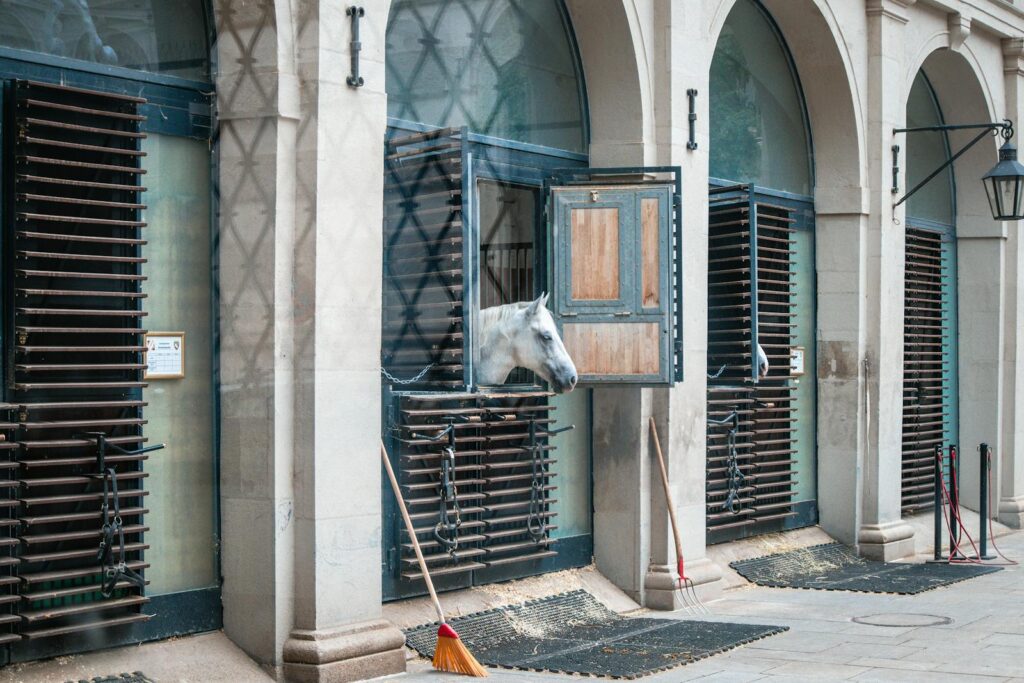
Sometimes the best solution for a problematic stable design is planning for strategic renovations or expansions that correct fundamental flaws. Begin by documenting all current issues and prioritizing them based on safety concerns, impact on horse welfare, and operational efficiency. Develop a master plan that addresses these issues in logical phases that can be implemented as budget allows. Consider future needs as well—will your horse population increase, will you need to accommodate different types of horses, or will your operation’s focus change over time? Even if major renovations aren’t immediately possible, having a comprehensive plan prevents making changes that might need to be undone later. Remember that well-planned stable modifications add value to your property and can significantly reduce long-term operational costs through improved efficiency and reduced maintenance.
conclusion
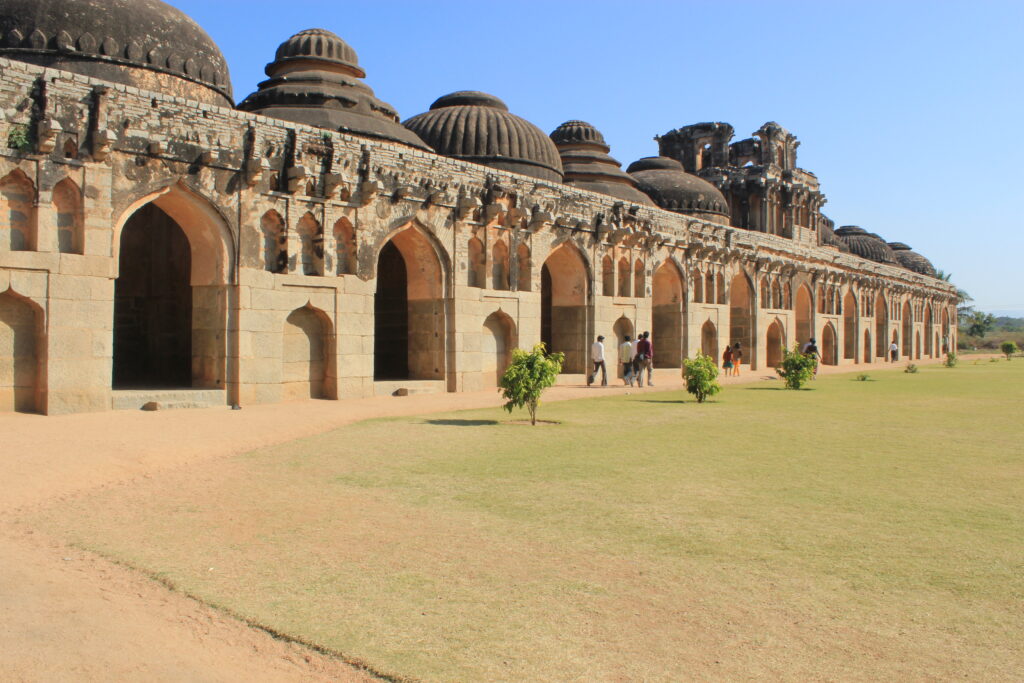
When your stable design refuses to cooperate, it affects everything from horse health and behavior to operational efficiency and staff satisfaction. By systematically identifying and addressing design flaws—whether through simple modifications, strategic renovations, or professional consultation—you can transform a problematic stable into a functional, horse-friendly facility. Remember that good stable design balances the biological needs of horses with practical human considerations, creating an environment where both can thrive. With careful planning and thoughtful solutions, even the most challenging stable design problems can be overcome, resulting in a safer, healthier, and more efficient equestrian facility for years to come.
